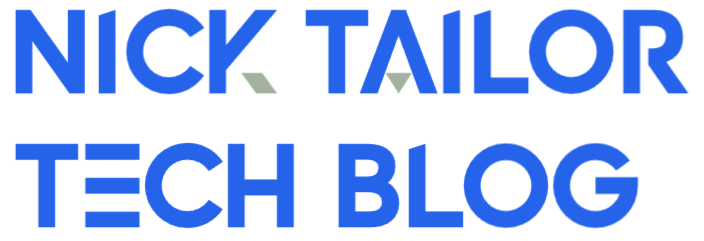What the Hell is Helm? (And Why You Should Care)
If you’re tired of managing 10+ YAML files for every app, Helm is your new best friend. It’s basically the package manager for Kubernetes — like apt or brew — but for deploying apps in your cluster.
Instead of editing raw YAML over and over for each environment (dev, staging, prod), Helm lets you template it, inject dynamic values, and install with a single command.
Why Use Helm?
Here’s the reality:
- You don’t want to maintain 3 sets of YAMLs for each environment.
- You want to roll back fast if something breaks.
- You want to reuse deployments across projects without rewriting.
Helm fixes all that. It gives you:
- Templated YAML (no more copy-paste hell)
- One chart, many environments
- Version control + rollback support
- Easy upgrades with
helm upgrade - Access to thousands of ready-made charts from the community
Real Talk: What’s a Chart?
Think of a chart like a folder of YAML files with variables in it. You install it, pass in your config (values.yaml), and Helm renders the final manifests and applies them to your cluster.
When you install a chart, Helm creates a release — basically, a named instance of the chart running in your cluster.
How to Get Started (No BS)
1. Install Helm
brew install helm # mac
choco install kubernetes-helm # windows
sudo snap install helm # linux
2. Create Your First Chart
helm create myapp
Boom — you now have a scaffolded chart in a folder with templates, a values file, and everything else you need.
Folder Breakdown
myapp/
├── Chart.yaml # Metadata
├── values.yaml # Config you can override
└── templates/ # All your actual Kubernetes YAMLs (as templates)
Example Template (deployment.yaml)
apiVersion: apps/v1
kind: Deployment
metadata:
name: {{ .Release.Name }}-app
spec:
replicas: {{ .Values.replicaCount }}
selector:
matchLabels:
app: {{ .Chart.Name }}
template:
metadata:
labels:
app: {{ .Chart.Name }}
spec:
containers:
- name: {{ .Chart.Name }}
image: "{{ .Values.image.repository }}:{{ .Values.image.tag }}"
ports:
- containerPort: 80
Example values.yaml
replicaCount: 3
image:
repository: nginx
tag: latest
Change the values, re-deploy, and you’re done.
Deploying to Your Cluster
helm install my-release ./myapp
Upgrading later?
helm upgrade my-release ./myapp -f prod-values.yaml
Roll it back?
helm rollback my-release 1
Uninstall it?
helm uninstall my-release
Simple. Clean. Versioned.
Want a Database?
Don’t write your own MySQL config. Just pull it from Bitnami’s chart repo:
helm repo add bitnami https://charts.bitnami.com/bitnami
helm install my-db bitnami/mysql
Done.
Helm lets you:
- Turn your Kubernetes YAML into reusable templates
- Manage config per environment without duplicating files
- Version your deployments and roll back instantly
- Install apps like MySQL, Redis, etc., with one command
It’s the smart way to scale your Kubernetes setup without losing your mind.
